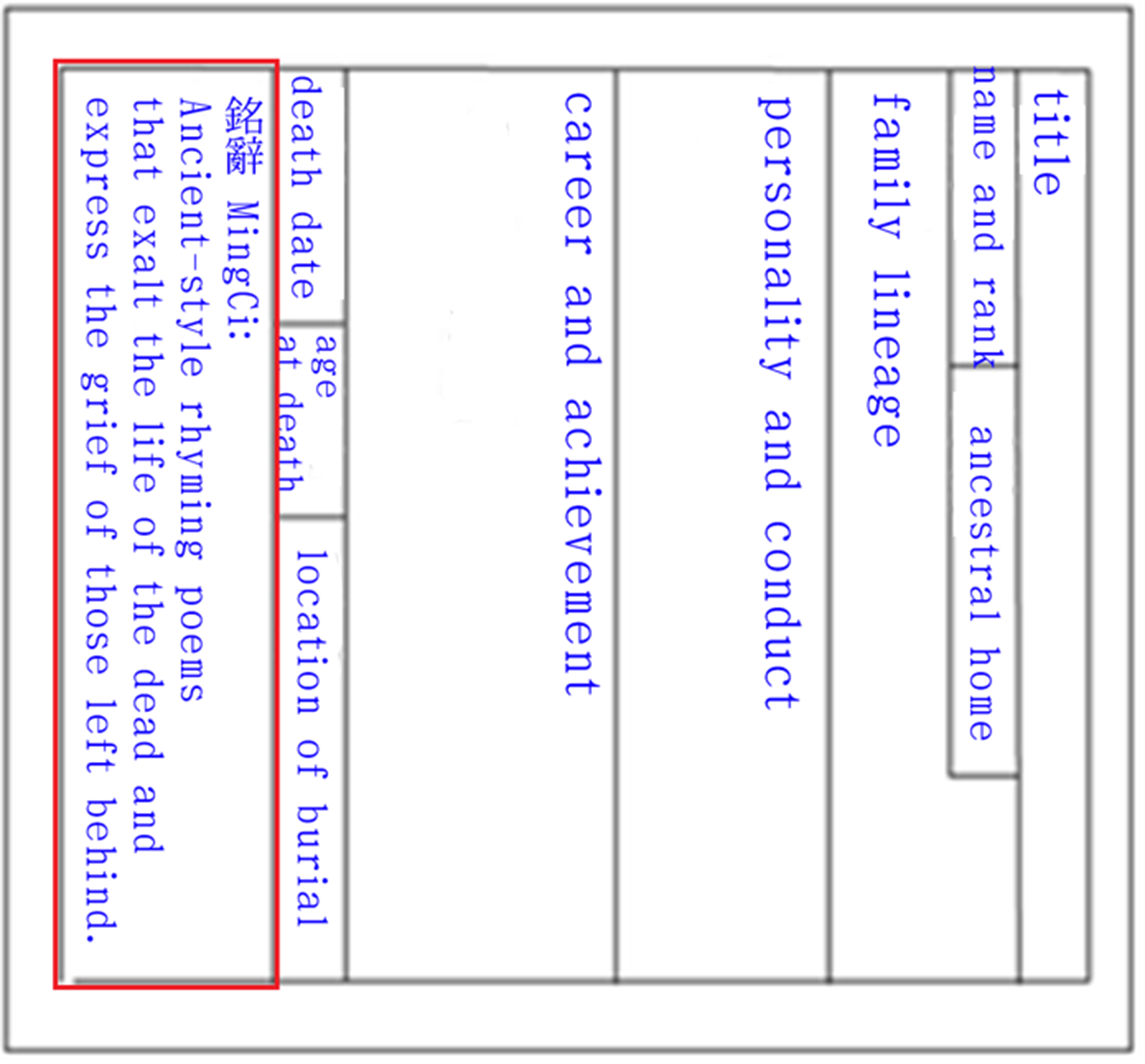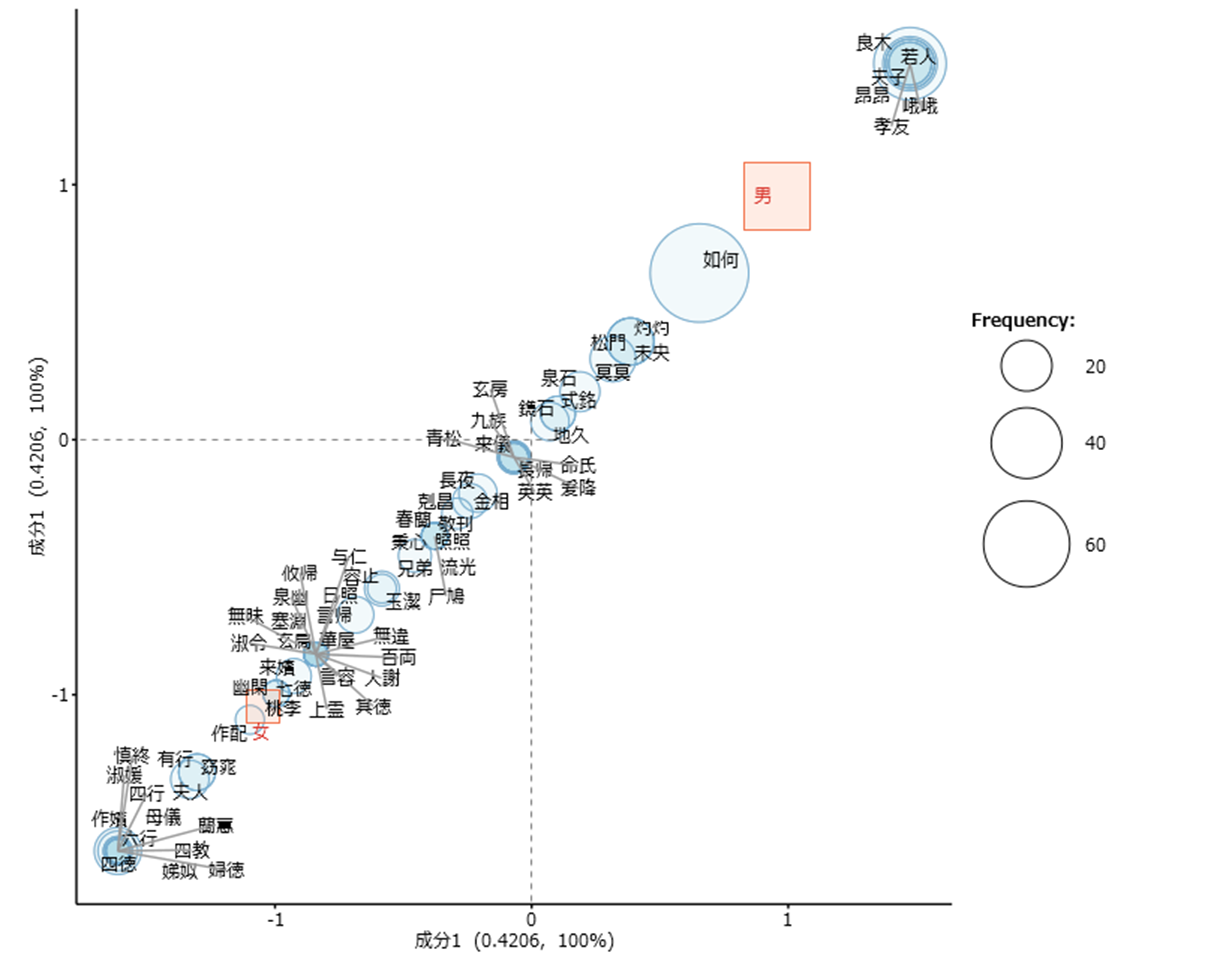1. Introduction
The Northern Wei Dynasty, established by the Xianbei (鮮卑)people during the Northern and Southern Dynasties period in China, originated in 386 and consolidated control over the northern region by 439. Epitaphs dating from the Northern Wei Dynasty have emerged as significant archaeological finds, with approximately 650 such inscriptions documented as of 2023(Kajiyama 2013,Ochi 2023). Predominantly dedicated to commemorating upper-class individuals lacking exceptional accomplishments, these epitaphs offer valuable insights into the prevailing gender roles of the time, particularly when compared to other historical records.
Research Context
In examining Northern Wei epitaphs, I observed significant disparities in their content based on gender. This observation prompted an investigation into potential differences in societal expectations and roles for men and women during that era. Exploratory data analysis(Tukey 1977) techniques were employed to investigate the Northern Wei epitaphs, aiming to ascertain whether gender influenced the similarity of character portrayal in these inscriptions. By utilizing similarity network diagrams and word clouds, I identified substantial variations in the frequency of specific terms used between males and females. Statistical methodologies were then applied to isolate characteristic vocabulary associated with each gender within the Northern Wei epitaphs, thereby delving into the historical constructs of gender roles.
Methodology
The structure of Northern Wei epitaphs adheres to a standardized format as outlined below: title, name, rank, ancestral origin, clan, and lineage, description of personality, achievements, career, and notable deeds, date of death, date and location of burial, and rhymed verses conveying the sentiments of the bereaved family(Kubozoe 2020). The inscription typically consists of a eulogy comprising 100 to 120 characters in verse form. These verses adhere to strict rules governing ancient four-character idioms, with each set of two-character idioms forming a four-character idiom. Therefore, employing 2-gram shingling would suffice for analyzing the inscription.


The dataset was manually curated using images of published picture book manuscripts along with corresponding annotations. Around 650 tombstone inscriptions from the Northern Wei Dynasty were digitized into e-text format (UTF-8).

A CSV file format incorporated external variables such as gender metadata. Data were prepared in Excel for ease of use.
Text mining was conducted using KH Coder, coupled with quantitative analysis(Higuchi 2020). This software utilizes R, MeCab (a morphological analysis tool), and MySQL (a free database search software) to facilitate diverse quantitative text analyses. MeCab, utilized for morphological analysis, features a language-independent design, eliminating reliance on specific languages, dictionaries, or corpora. Conditional Random Fields (CRF) are employed for parameter estimation.although MeCab primarily caters to Japanese text analysis, it can be adapted for various languages by customizing dictionaries. Given the absence of highly accurate morphological analysis tools for classical Chinese, we developed a dictionary encompassing all vocabulary present in the Northern Wei epitaph inscriptions, represented as two-character nouns, and applied it to MeCab. MeCab was integrated into KH Coder for text mining purposes, resulting in the detection of 19,339 two-character compound words.
Text mining was conducted on the data analysis files utilizing the correspondence analysis feature within KH Coder. KH Coder internally utilizes R's Corresp function to compute and visualize the analysis, showcasing the strength of relationship between word sets and groups via distance. In the visual representation, words commonly used by both genders tend to cluster near the origin (0, 0), while those farther away from the center indicate greater distinctiveness. Words unique to women are typically located in the lower-left quadrant, whereas those unique to men are situated in the upper-right quadrant.

Conclusion
Initially, the terms “四徳(the four virtue of madame),”“六行(the six virtue of madame),”“女儀(woman's courtesy),” and “慎終(modesty)” as the most distinctive words representing women. These terms signify praise for a woman's dedication to serving her husband's parents within the marital home. Subsequently, the terms“蘭蕙(beautiful as herbs)”and“窈窕(the beauty of a woman's features),”denoting admiration for physical beauty, emerged as noteworthy characteristic expressions. This result is quite different from the description in the official history "Weishu(魏書)," which states that women of high status had strong power over their husbands even after they married(Itahashi 2022), and that Northern Wei women even served in the military and sometimes even led them.
Men were more likely to praise military and political contributions to the Northern Wei dynasty. For example, there is the word “夫子(honorific title for men),” “若人(gentleman),” “良木(the person who supported the dynasty)” and “弱冠(adult)”. However, this description differs from the customs of the Xianbei people. They respected the young and despised the old and had a custom widely seen among nomads of killing their fathers and brothers but not their mothers if they became angry(Matsushita 2023). The depiction in the epitaphs is the culture idealized by the Han(漢) people.